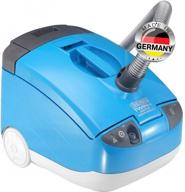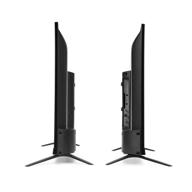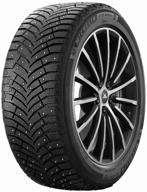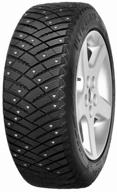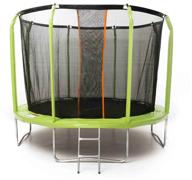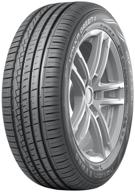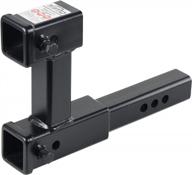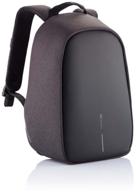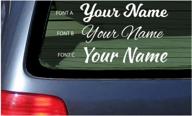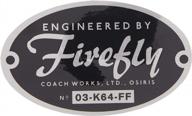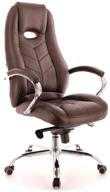- It doesn’t make noise, it rides confidently in the snow, almost like on clean asphalt (although I compare it with almost bald old tires, so the comparison is in contrast)
- It’s terrifying how scary the car is driven in warm weather on clean asphalt, the car falls into a rut with a terrible hesitation and you’ll drive out of the rut. According to the sensations, I would attribute this to the excessive softness of the rubber.
- there hasn’t been much winter yet, but the snow that fell and then melted created a small sleet on the roads, with which the rubber did an excellent job. Grip and handling on slippery surfaces is very good, with no skids or slips.
- not yet discovered
- Advantages? Yes, they are not! It's a total disappointment!
- does not skid, hold the road well
- not yet found
- clutch, fuel consumption, wear
- the noise was the first 500 km, passed
- _
- Very quiet, comfortable, excellent rolling (reduced fuel consumption) Holds very well on dry and wet pavement
- Absolutely does not hold on snow/snow. If you want to slow down or turn more or less. You are in for a surprise and obviously unpleasant
- • Took rubber made in Japan (written made in Japan), the quality is on top; • The main advantage is that these are not thorns. If 90% of the time you drive on cleared roads, then Velcro is ideal; • Velcro is very quiet, by itself; • Never, without exaggeration, never stuck anywhere, although he traveled in the suburbs, and along cleared roads, and through snowdrifts; • At a speed of 100 km/h ran into a hole. Two hernias . Temperature -30, a strong blow, but the rubber survived - the tire did not burst or tear, which indicates its safety; • Then, to replace the damaged tire, I bought a new one, also made in Japan. I checked the wear with the new one, I didn’t notice the difference, although I have been driving this rubber for 3 months! Was pleasantly surprised. • Traveled both with ABS and without ABS (at the time of its failure). There is no particular discomfort; • Over the season faced with temperature range from -35 to +15. The minus holds perfectly, but I’ll tell you about positive temperatures later; • On this rubber, I often traveled along the St. Petersburg Ring Road and the WHSD. Holds the road up to 140 km / h, enters turns confidently. Although I did not notice discomfort at 160, it was already scary, knowing the speed index. :) • Track runs perfectly; • During sudden snowfalls, when city services did not have time to react in time, he drove through city snowdrifts without worrying about anything. Never got stuck anywhere; • In the morning, after night snowstorms, never had to dig out. I just left and that's it! There were no problems with snowdrifts. With this rubber, I don't even have a shoulder blade. Body brush only. :) • On long-distance highways, it confidently overcomes inter-lane snow bogs when overtaking trucks at a speed of 110 - 120 km/h (did not risk higher in the suburbs).
- • Very poor traction at positive temperatures. Fans of driving in the summer on winter tires are better off looking for another option. :) If the temperature is above +10, then it is very dangerous to gain speed over 60 km / h - the car blows away during braking, it does not hold the road. This will not be a problem if you change tires to summer tires with the onset of heat; • Rubber does not like harshness. Hard acceleration and deceleration is not for her. I don't know if this is a disadvantage or not. What kind of rubber likes sharp movements in winter? Winter is winter.
- The car hums like an airplane. Very noisy.
- Good grip, quiet, wear resistant
- No cons, great tires
- Affordable price, low noise level, fuel economy, handling
- Warm weather grip
- Holds well on dry pavement, does not float, low price, fresh release, silence in the cabin
- He behaves badly on bare ice, he has lost the habit of this with spikes, he slips only no





